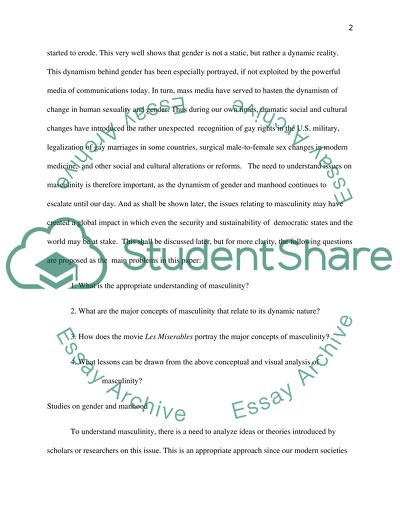Cite this document
(“Film Les Miserables and Masculinity Essay Example | Topics and Well Written Essays - 2000 words”, n.d.)
Retrieved from https://studentshare.org/gender-sexual-studies/1404298-film-les-miserables-and-masculinity
Retrieved from https://studentshare.org/gender-sexual-studies/1404298-film-les-miserables-and-masculinity
(Film Les Miserables and Masculinity Essay Example | Topics and Well Written Essays - 2000 Words)
https://studentshare.org/gender-sexual-studies/1404298-film-les-miserables-and-masculinity.
https://studentshare.org/gender-sexual-studies/1404298-film-les-miserables-and-masculinity.
“Film Les Miserables and Masculinity Essay Example | Topics and Well Written Essays - 2000 Words”, n.d. https://studentshare.org/gender-sexual-studies/1404298-film-les-miserables-and-masculinity.


